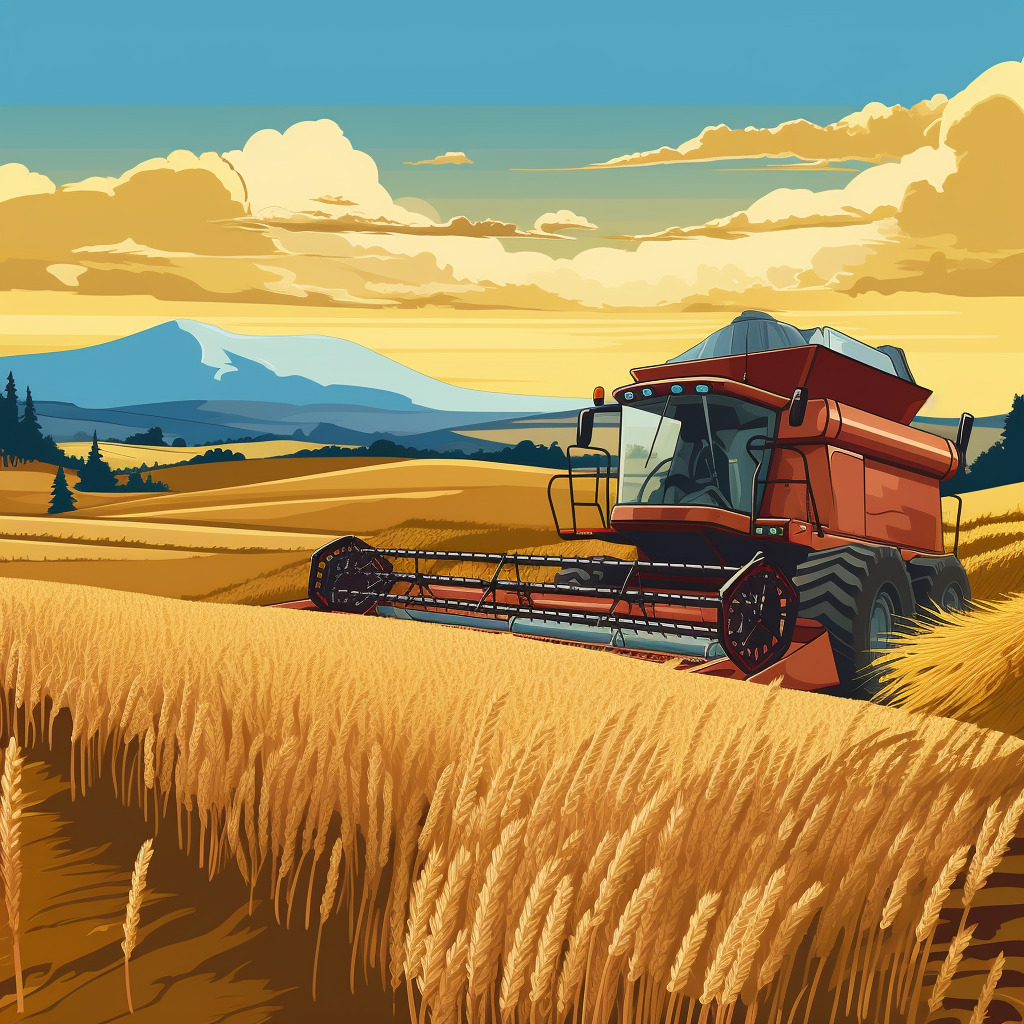Winter wheat, a crop traditionally sown in the fall and harvested in the summer, has become a staple for many Pacific Northwest farmers. The cool, moist conditions of western Washington can offer an ideal environment for this grain. But how do you choose the right variety and ensure a bountiful harvest?
1. Why Winter Wheat?
- Erosion Control: Winter wheat’s robust root system helps reduce soil erosion during the rainy season.
- Weed Suppression: As an early ground cover, winter wheat competes with and suppresses winter weeds.
- Moisture Utilization: This crop takes advantage of the Pacific Northwest’s winter and spring moisture, reducing the need for additional irrigation.
2. Winter Wheat Varieties for the Pacific Northwest
- ‘Stephens’: A soft white common wheat, Stephens is known for its high yield and good straw strength. It’s a preferred choice for many due to its resistance to stripe rust.
- ‘Eltan’: Another soft white variety, Eltan is notable for its tolerance to cold temperatures and its strong resistance against stripe rust and snow mold.
- ‘Madsen’: Widely grown, Madsen is a soft white variety that has shown consistent yields and strong disease resistance, particularly against stripe rust.
- ‘Xerpha’: A more recent addition, Xerpha is a soft white wheat with high yield potential and solid resistance against stripe rust.
While soft white winter wheat is predominantly grown in the Pacific Northwest, hard red winter wheat varieties can also be found, albeit in smaller quantities.
3. Tips for Growing Winter Wheat Successfully
- Soil Preparation: Ensure well-draining soil. Incorporate organic matter or compost to enhance soil fertility. Before sowing, consider a soil test to determine nutrient needs.
- Sowing: Ideally, sow winter wheat about 4-6 weeks before the first hard freeze. This allows the plant to establish strong roots without producing too much top growth.
- Depth: Aim for a seeding depth of 1-1.5 inches. Proper depth ensures better root establishment and protection from winter cold.
- Spacing: Drilled seeding typically requires 20-30 seeds per square foot. Precise spacing aids in optimal growth and reduces competition between plants.
- Pest and Disease Management: Monitor for common pests like aphids and diseases like stripe rust or snow mold. Timely identification and treatment are crucial. Rotate crops to reduce disease buildup.
- Watering: While the rainy season in the Pacific Northwest might provide adequate moisture, ensure consistent soil moisture, especially during dry spells. However, avoid waterlogging, as wheat is sensitive to overly wet conditions.
- Harvesting: Harvest when grains are hard and moisture content is around 12-15%. Too much moisture can lead to spoilage, while too little can shatter the grain.
In summary, winter wheat offers Pacific Northwest farmers a sustainable and profitable option for winter cropping. With the right variety selection, proper cultivation practices, and diligent monitoring, this grain can become a cornerstone of your farm’s annual cycle. Embrace the wheat wave!

